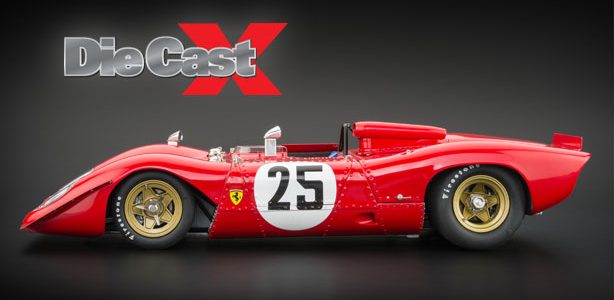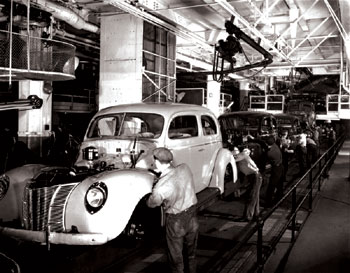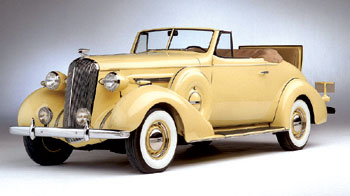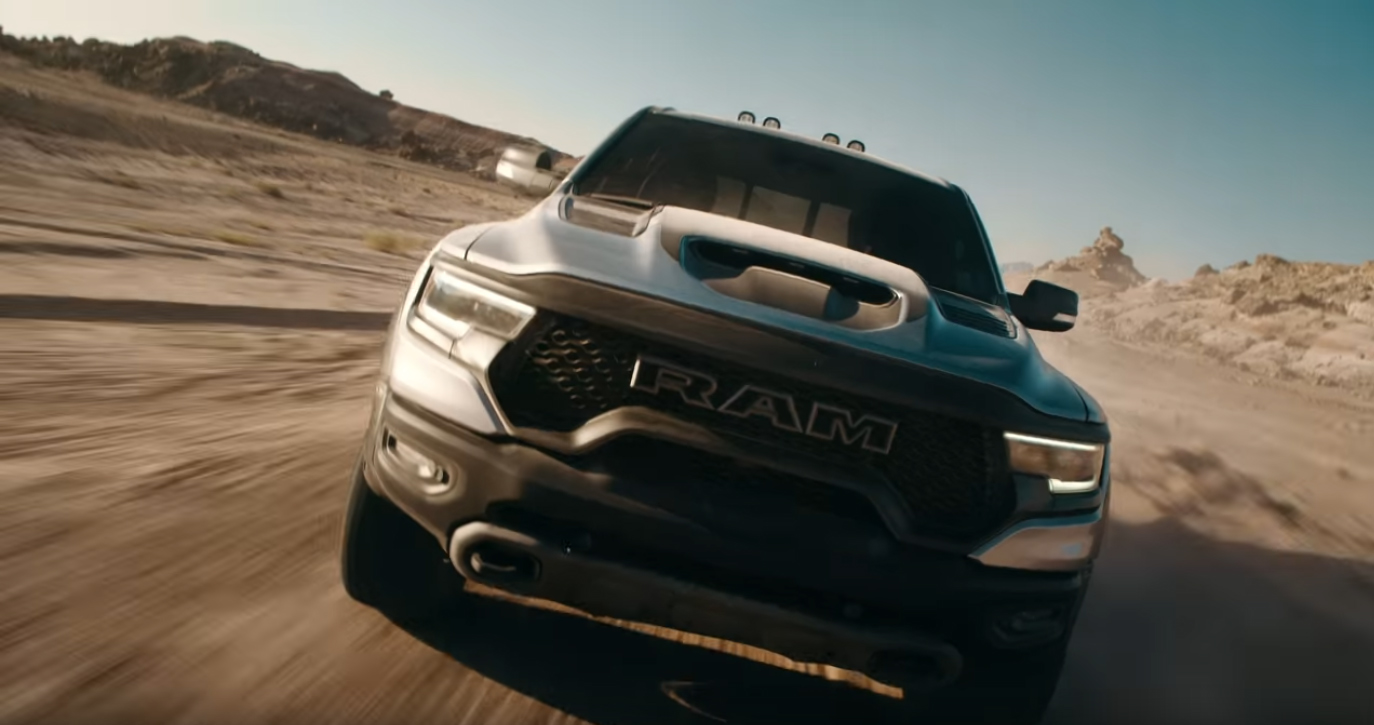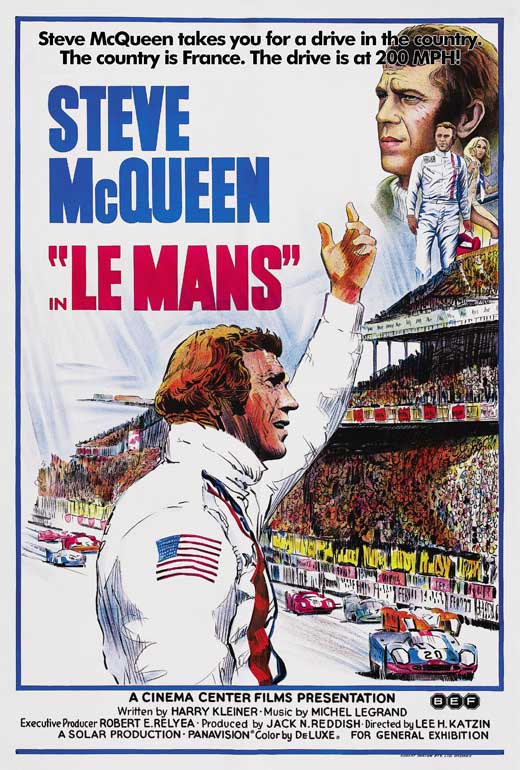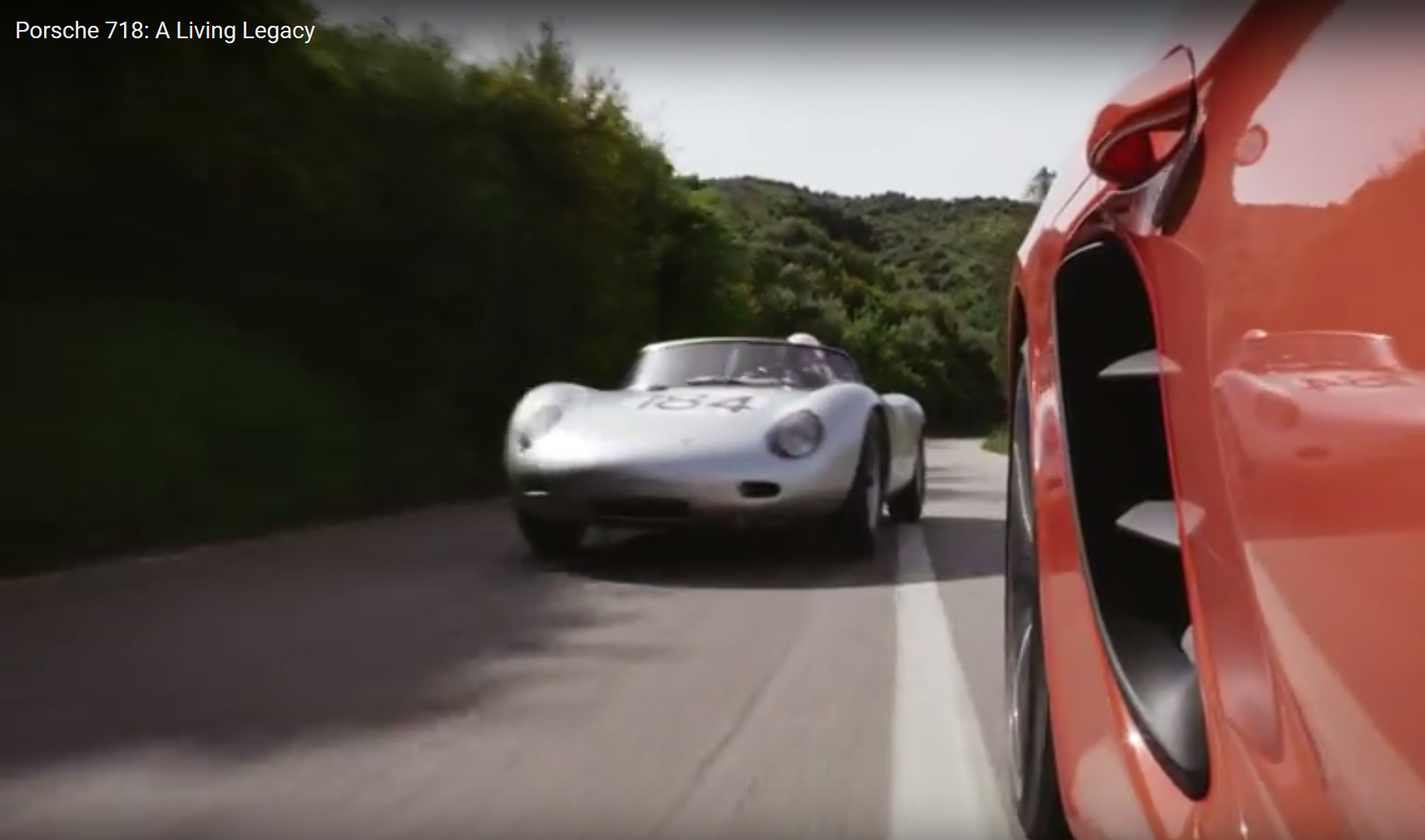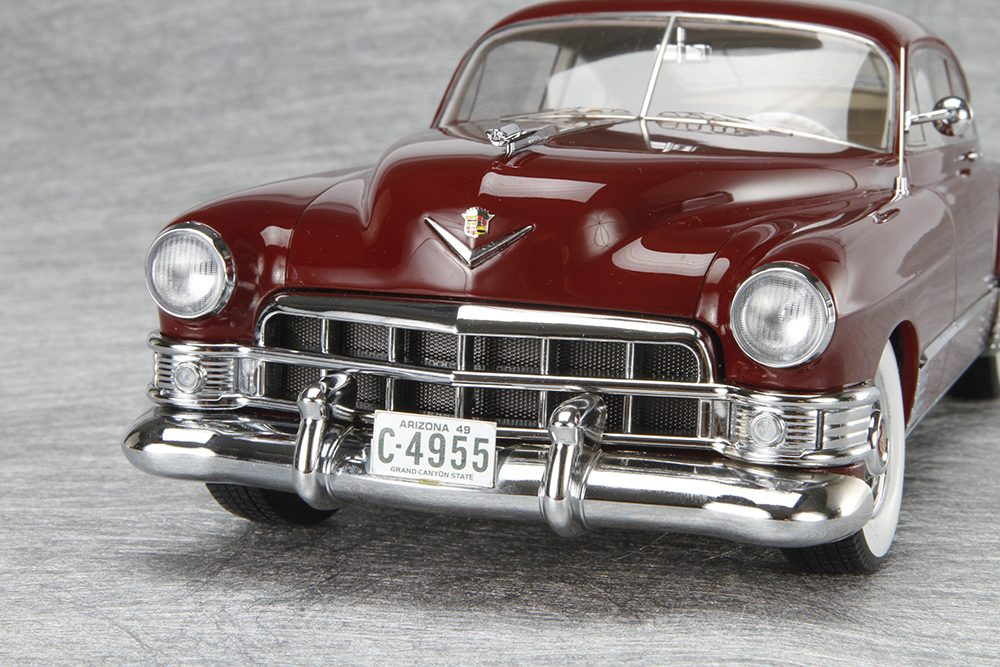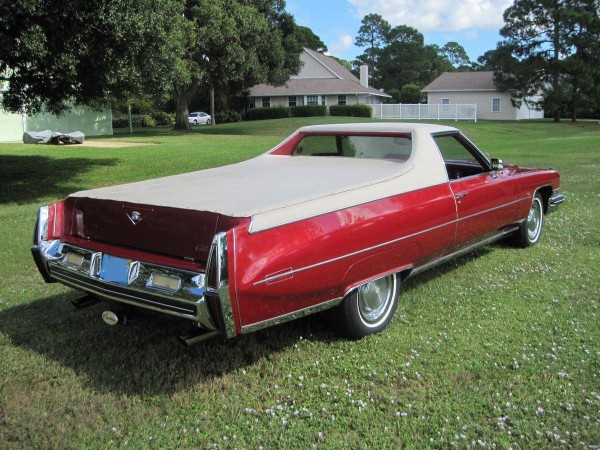Price became a major selling point in the rapid popularity of the Cadillac brand. The 66 was priced at less than $4,000. A few years earlier, a V-16 Fleetwood set back buyers nearly $9,500. With Duesenberg and Cord only a memory, Cadillac needed only to compete with Packard, Lincoln, Rolls-Royce and Mercedes-Benz for the top spot on the styling and performance mountain.
Lincolns rise up the classic car food chain was powered by the V-12 Model K. While the 1930-32 versions had that classic Roaring 20s appearanceespecially the elegant Phaetonthe chassis and engine technology were steeped in the same basic design the company developed in 1921. It was way behind the curve. That all changed in 1932 with the K. The K sedan offered 150 horsepower in a beautiful coach with refined brakes and chassis. The kicker was that the 5,500-pound town car was priced $1,000 less than the Packard and the Cadillac. Model K Lincolns progressed even more by 1935; however, by this time, the styling of General Motors under the hand of Harley Earl had surpassed that of Lincoln. The K experienced sagging sales while the Caddy 66 soared. This led to the creation of Fords design departmentresulting in the most memorable and beautiful Lincoln of all timethe 1940 Continental.
Originally designed by Bob Gregorie for Edsel Ford, the Continental was a custom-bodied car on a Zephyr chassis with a 120hp V-12 engine. The car was so magnificent that it became a limited-production model in 1940. So striking was the vehicle that it was heralded by directors of the New York Museum of Modern Art as more than a mere machine but a functioning work of art. A 1942 redesign did away with the wonderful flow of the grille and added squared-off fenders and seven inches of overall length to the car. These changes destroyed the Continentals elegance. It was a car that benefited from the production halt of Americas auto industry due to WW II.
Most car collectors consider American luxury cars of the 1930s as prime examples of the classic car. Europe also contributed mightily to the mystique. Perhaps no car design from either side of the Atlantic has stood the test of time like the 1934-39 Alfa Romeo 6C. It featured many distinctive American styling lines with an Italian flair. As a sports car, Alfa styling and refinement was miles ahead of Aston Martin, SS (Jaguar), and BMW.
The styling of Bentley, Rolls-Royce, Mercedes-Benz and Horch
models were all very provincial, especially compared with what was coming from America. Even Ford and Chevy models seemed more fashionable than the best Europe had to offer. This took a decided turn when, in 1933, Mercedes-Benz produced its first K model. The 380K was a masterpiece of overt showmanship. If any car could match the Duesenbergs hold on the term gilded carriage, it was the MB-K. This was a streamlined version of the Ferdinand Porsche designed 1928 SSK. With a supercharged inline-8 engine and fully independent suspension, the 380K accelerated and handled like no other production car of the day. From model years 1934 to 1939, the K continued to progress until the performance topped out at 180 horsepower. The 1934-36 500K is considered the most collectable and is a poster child for the classic car era. Few could afford the Ks lofty price tag. In 1936, a K would set you back $12,000eight times the national average annual income. Factored out to todays standards, the same car would cost $368,000little wonder that only 815 were built over the cars seven-year run.
Prewar classic cars were the foundation of the collectible diecast market and remain a staple for a number of manufacturers. Although American muscle cars dominate todays diecast sales trends, cars and trucks from the 1930s led the collectible market space for over 30 years.
The bulk of classic diecast offerings are American in subject. Of these, the elite makes and models are the most plentiful. A few very nice surprises come from Signature; a 1930 Packard LeBaron and 33 Pierce-Arrow top their list. Both sell for about $40. The Packard is a mammoth while the Arrows streamlined shape makes it a real shelf stealer. Signature also offers a 1938 Cadillac Series 90 Fleetwood. Two of the better mid-priced diecast classics are Rickos 1934 V-16 Cadillac and Signatures 39 Lincoln Zephyr. Although manufacturers offer a few Buicks and Chevrolets, they produce more Fords than any other make. Ranging in sizes from 1:64 to 1:12 scales, Model A and 32 coupes are the most prevalent. Prices and quality range from $2 to $130. In large scale (1:24-1:18), Motor City Classic offers a very well done 31 Ford Tudor. Yat Mings 32 3-Window coupe is also a very good selection for under $30.



